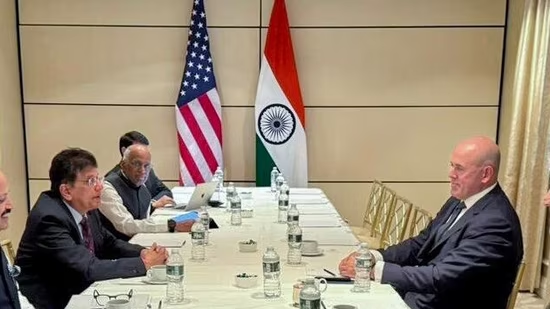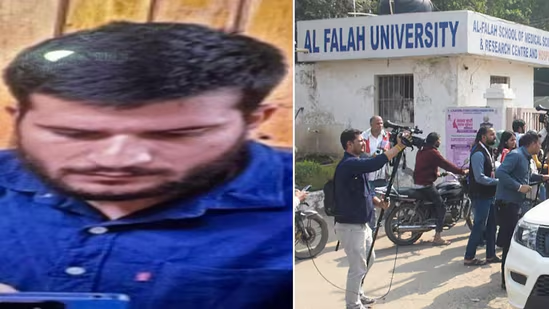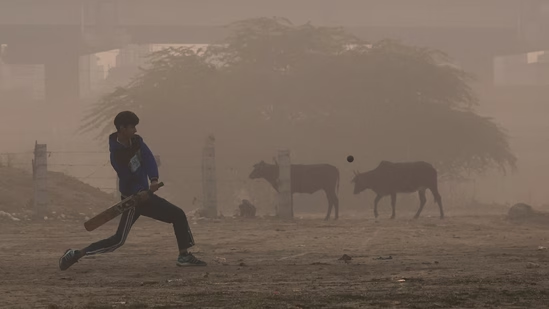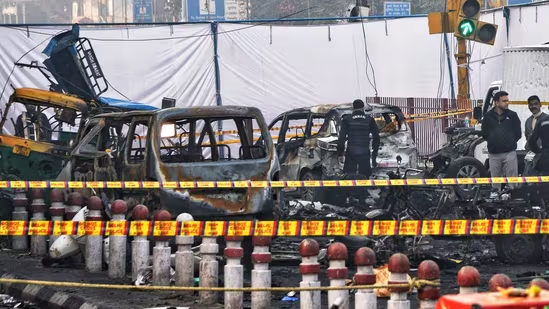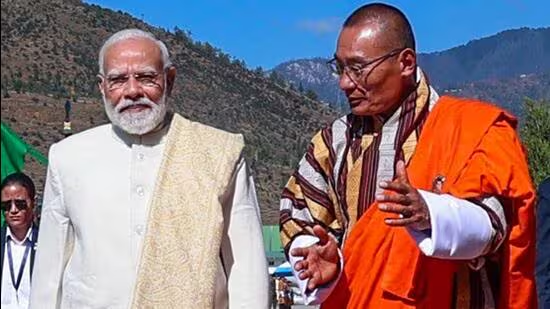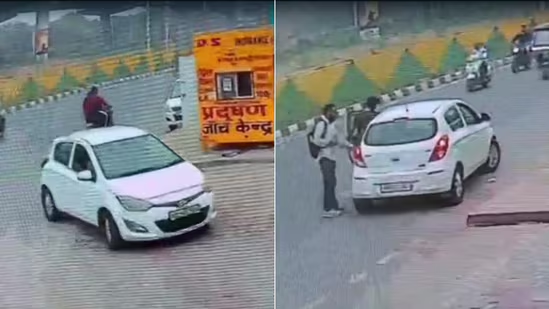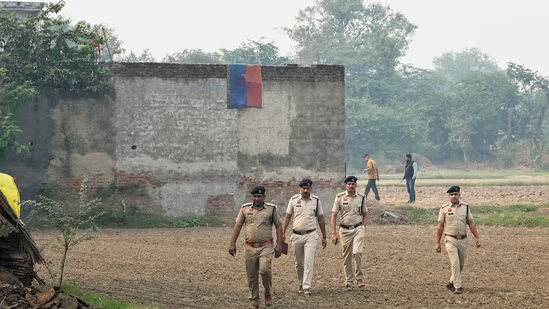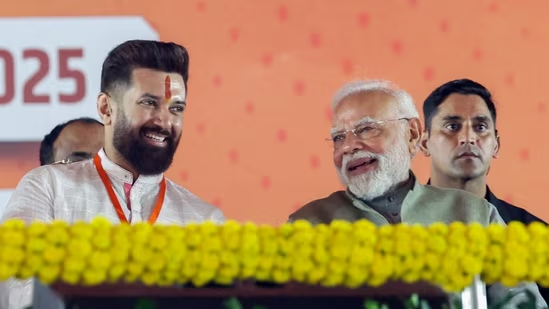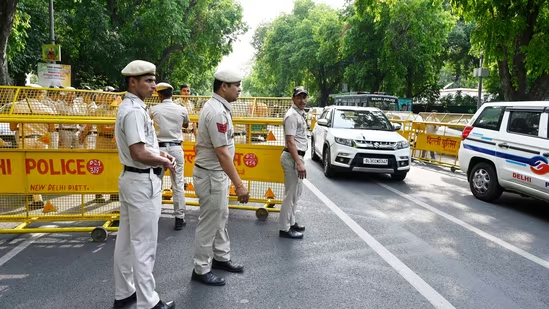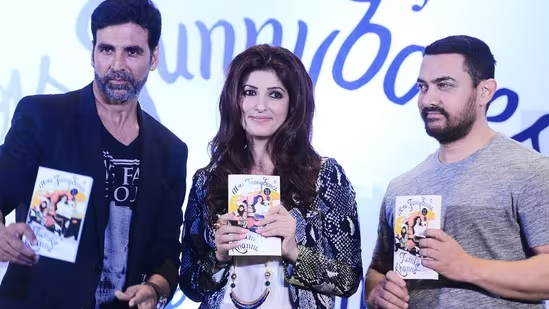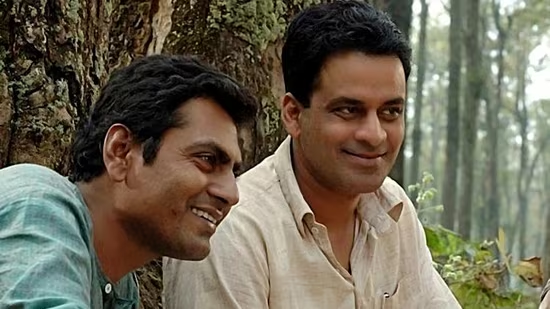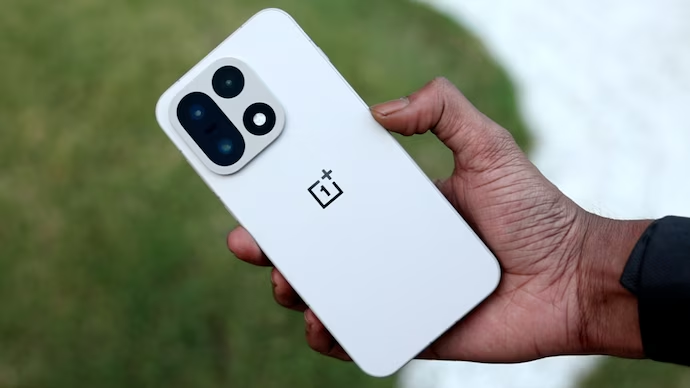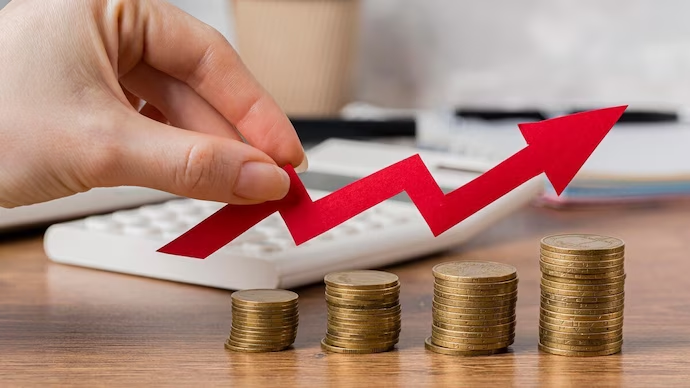Amid the tariff stand-off between India and the US, the two countries discussed key bilateral trade matters and exchanged views on various facets of the Bilateral Trade Agreement (BTA) deal. It was mutually agreed to continue engagements to expedite the early conclusion of a trade agreement that benefits both countries, government said.
The discussions on the bilateral trade issues were held in the US where an Indian delegation, led by Commerce and Industries Minister Piyush Goyal, met US government representatives and key businesses and investors.
The delegation was in the US between September 22 to 24.
“Both sides exchanged views on possible contours of the deal and it was decided to continue the engagements with a view to achieve early conclusion of a mutually beneficial Trade Agreement,” government said in a statement.
Goyal held meetings with Ambassador Jamieson Greer, United States Trade Representative and Mr. Sergio Gor, U.S. Ambassador designate to India to discuss bilateral trade matters.
The delegation also met major US-based businesses and investors to promote trade and investment between India and the US.
“The delegation had constructive meetings with the U.S. Government on various aspects of the deal. Both sides exchanged views on possible contours of the deal and it was decided to continue the engagements with a view to achieve early conclusion of a mutually beneficial Trade Agreement,” government said in a statement, adding that the meetings had a “positive response.”
“The business leaders reposed confidence in the India growth story and expressed their desire to intensify their business activities in India,” it said.
The meeting comes in the backdrop of key developments in India-US diplomatic relations, such as tariff on Indian imports, $100,000 fee on visa petitions and new 100% tariff on on branded and patented drugs.
Over the past few months, India and the US have been negotiating for a trade deal. In July, Trump announced 25 per cent tariffs on Indian goods, even as there were hopes of an interim India-US trade deal that would have otherwise helped avoid elevated tariffs.
A few days later, he imposed additional 25 per cent tariff, taking the total to 50 per cent, citing India’s continued imports of Russian oil. The 50 per cent tariffs came into effect on August 27.
India has reservations over the US demand for opening up the agricultural and dairy sectors. Agriculture and dairy are critical and sensitive sectors for India as they provide livelihood to a large section of people.
India and the US initiated talks for a just, balanced, and mutually beneficial Bilateral Trade Agreement (BTA) in March this year, aiming to complete the first stage of the Agreement by October-November 2025.
Last week, Trump announced to imposed a steep fee of $100,000 on fresh H1-B visa petitions, a move that is likely to affect Indians the Indian workers the most who constitute over 72% of H1-B workers.
A week later, Trump announced that his administration would impose a 100% tariff on branded and patented pharmaceutical products from October 1 2025, a move likely to affect India. as it hosts the highest number of US FDA-approved plants outside America, according to industry body India Brand equity Foundation. Formulations and biologics make up nearly 79 per cent of India’s pharma exports.
In FY25 (April–December), India exported ₹1.87 lakh crore ($21.7 billion) worth of pharmaceutical products, with the US, UK, South Africa, the Netherlands, and France as top destinations.
India’s total global pharma exports stood at over $30 billion in 2024-25.
